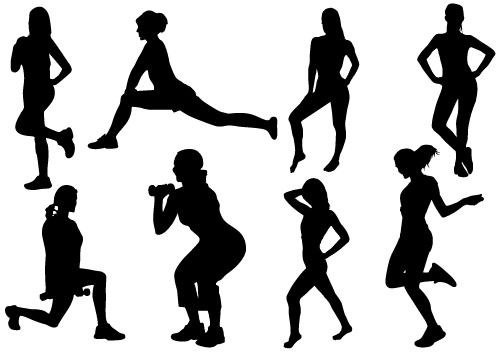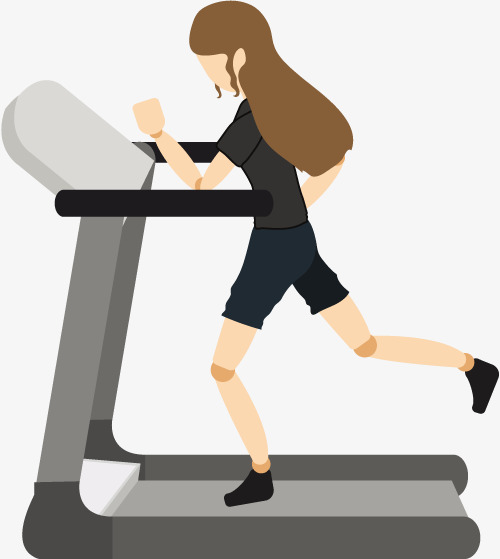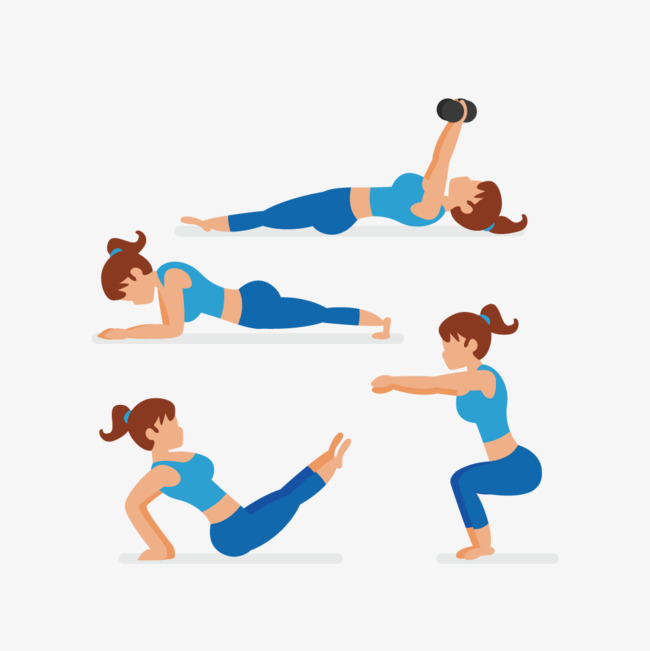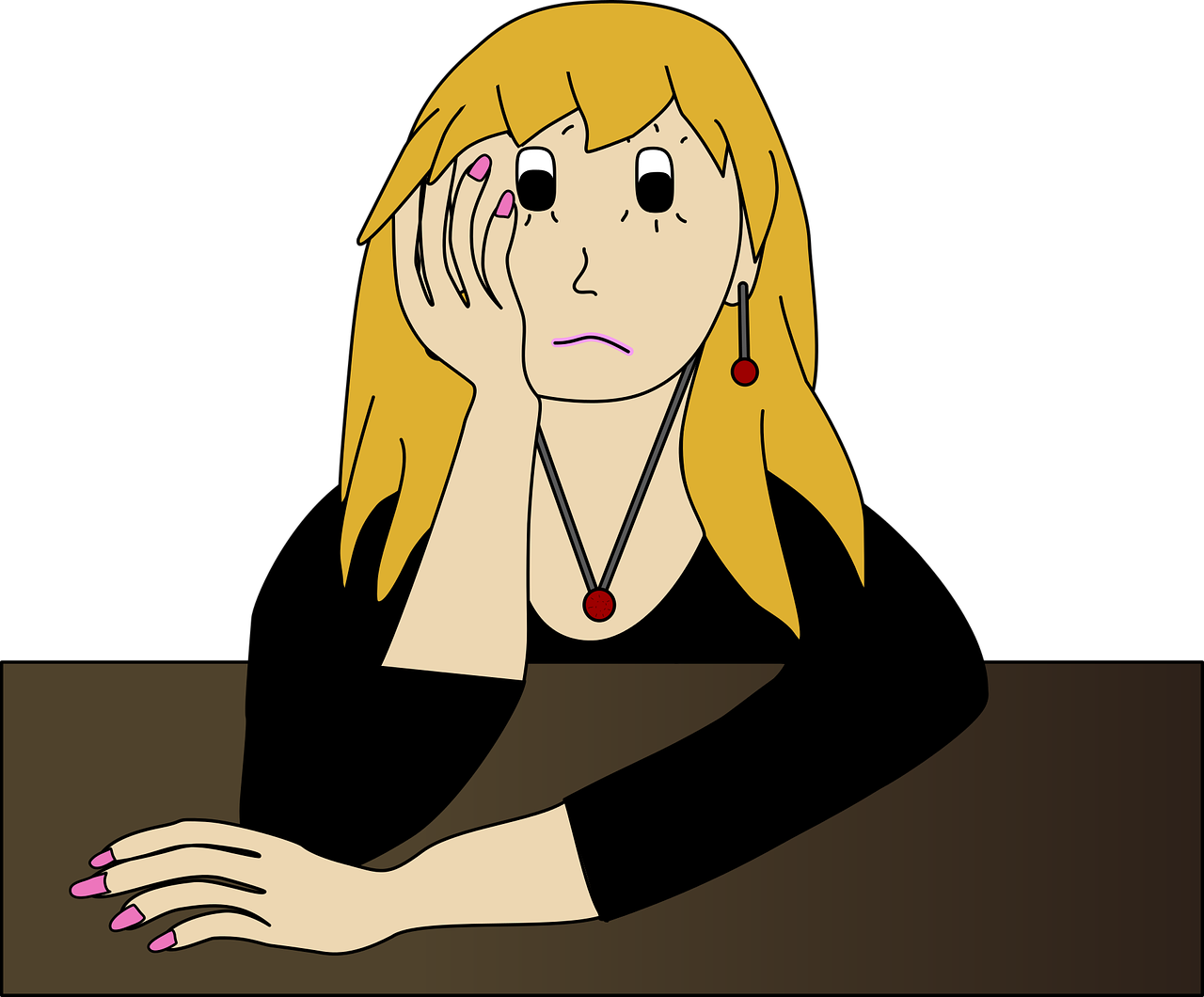Women’s day is around the corner and what can be more helpful than reliable and specific information on women’s fitness. Physical exercise, as you may know, is a planned repetition of bodily movements, done on a regular basis. Now let us look at some exercise principles for women.
The FITT principle is often used to describe an exercise session:
F – Frequency of exercise
I – Intensity of exercise
T – Time or duration of exercise
T – Type of exercise
Frequency refers to the number of times per day or week an exercise is done (eg. 2 times/day, 5 times/week). Intensity refers to the amount of effort that is required to perform the particular activity, which is expressed as a percentage of maximal oxygen consumption or maximal heart rate or in easy terms how breathless we become. Time/duration refers to the total time allotted for the exercise regime. Type of exercise refers to the different components of exercise namely – aerobic, resistance or strength, flexibility, balance etc.
Exercise guidelines for women do not differ much from the recommendations for the general population. Thus, the current global exercise recommendations are as follows:
As per the American Heart Association guidelines, every individual should exercise at least 5 days a week that is a minimum of 150 mins of moderate intensity aerobic exercise per week, or 75 mins of vigorous aerobic exercise per week. In addition to this, they should do strength training exercises twice a week.
For women new to exercising
- Ideal start to exercise regime would be basic aerobic exercise like brisk walking, cycling, hiking or use of equipment’s such as stationery cycle or cross trainer for 30-45 mins on 3-5 days/week.
- Adequate warm up of 10-15 mins prior to exercise and cool down of 5-10 mins post exercise is a must.
- Strength training can be started after 4 weeks of regular aerobic exercise.
For women already exercising (following an exercise regime for more than 3-6 months)
- Increase the exercise intensity and also try other training such as high intensity interval training, recreational sport activities and regular participation in sports events like marathon, hiking, cycling tour etc.
- Adequate combination of strength and aerobic training can enhance your overall fitness.
Here are some exercise recommendations for some special populations of women:
Diabetes
- Individuals on anti-diabetic treatment can do aerobic exercise of moderate intensity for 30-60 mins for 5-7 days/week and always keep some healthy snack like a fruit or water with electrolytes for use in case of low sugar levels (hypoglycemia).
- Resistance training helps you to shed more calories and when combined with aerobic exercise is the best way to lose weight and normalize blood sugar.
Hypertension
- For hypertensive individuals, aerobic exercise such as swimming, cycling and brisk walking is ideal. Resistance training can be added for better results at a later stage.
- If your resting BP is above 200/100 mm-Hg do not exercise; consult your physician.
- Avoid breath holding while exercising.
- If you have nausea, giddiness or palpitations, stop the exercise session and consult your doctor; a low salt diet high fibre diet can help control BP.
Obesity & Overweight
- Here the focus should be on exercise and proper diet. Calorie expenditure should be more than calorie intake (refer to calorie blog post).
- The exercise session should be at-least 60 mins, 5-7 days a week with aerobic and strength training combined.
- Increase the hours of physical activity per day to avoid weight regain.
- Keep a positive health goal such as improved fitness or a better balanced diet rather than a negative goal like losing weight.
Dyslipidemia (Abnormal cholesterol level)
- A combination of aerobic exercise, resistance training and flexibility training along with relaxation techniques like meditation will help improve your cholesterol.
- A high fiber diet rich in fruits, veggies and whole grains is equally important.
- Long term use of lipid lowering medications can cause muscle weakness and soreness. Kindly consult physician if so
Osteoporosis (Weak bones)
- Here the main aim is work on weight bearing activities that enhance bone density and also help in strengthening your bones and muscles.
- Exercising 5 days/week, 30-60 min per session on weight bearing aerobic activities such as walking, cycling, cross trainer and strength training helps to improve bone density and muscle mass
- While working on strength training, avoid lifting heavy weights and handle the equipment’s with precautions
Post-menopausal women are at a higher risk of obesity, osteoporosis, heart attack, stroke and some cancers. It is important that they indulge in regular aerobic and strengthening exercises to keep these diseases at bay.
Breast cancer is a common malignancy affecting women of all ages these days. If you have a family history of breast cancer, periodic screening tests like mammogram can help to identify the disease early. Maintaining a healthy lifestyle with regular exercise, balanced diet and a relaxed mindset is the key to preventing many cancers including breast and uterine cancers.
Hope the exercise and lifestyle recommendations are helpful for you and your loved ones in keeping good health!





